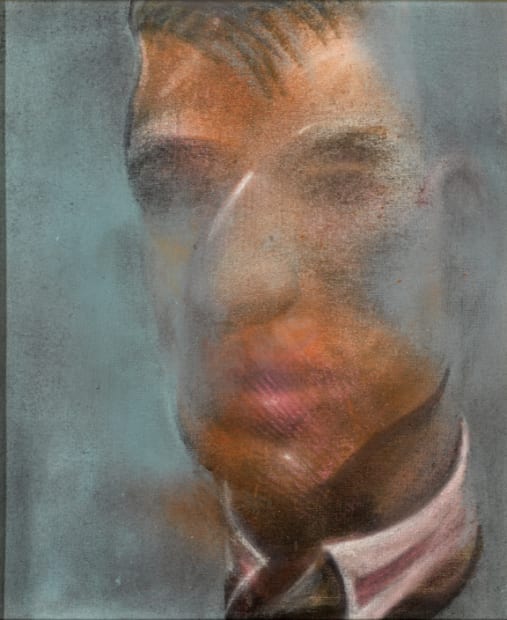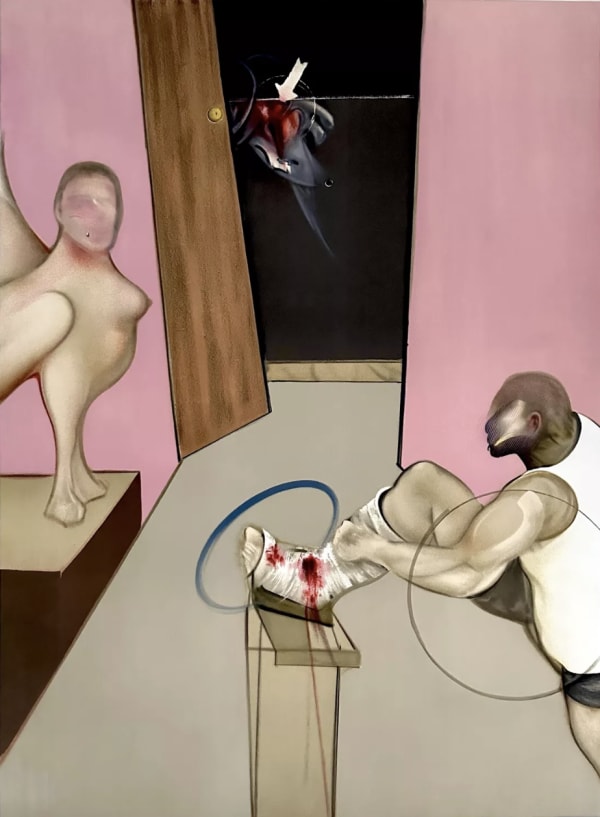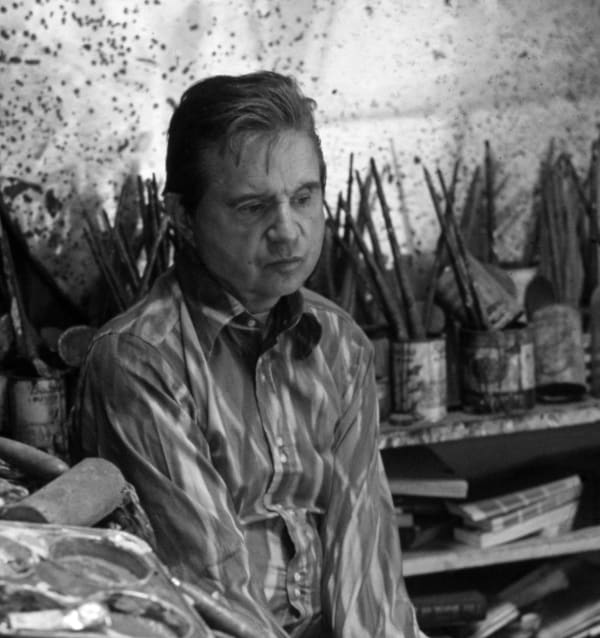-

Study for Self-Portrait, 1980
Oil on canvas, 35.5 x 30.5cm
©The Estate of Francis Bacon, Image reproduced for informational purposes only.
-
If I didn’t have to live, I’d never let any of it out.
- Francis BaconBy the time Francis Bacon painted Study for Self-Portrait (1980), mortality had become the dominant force in his work. Having lost many of his closest friends and lovers, including George Dyer nearly a decade earlier, Bacon increasingly used his own image as a means of confronting death. His self-portraits from this period are not acts of vanity but meditations on decay and impermanence. He once said that he painted himself because “people around me are dying like flies,” and these late works bear the weight of that loss.



